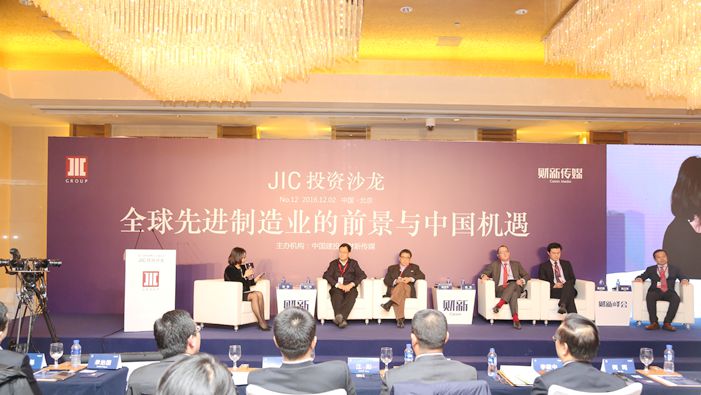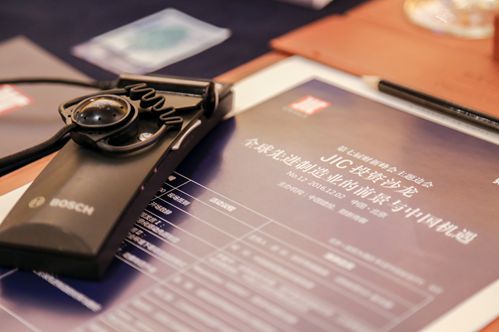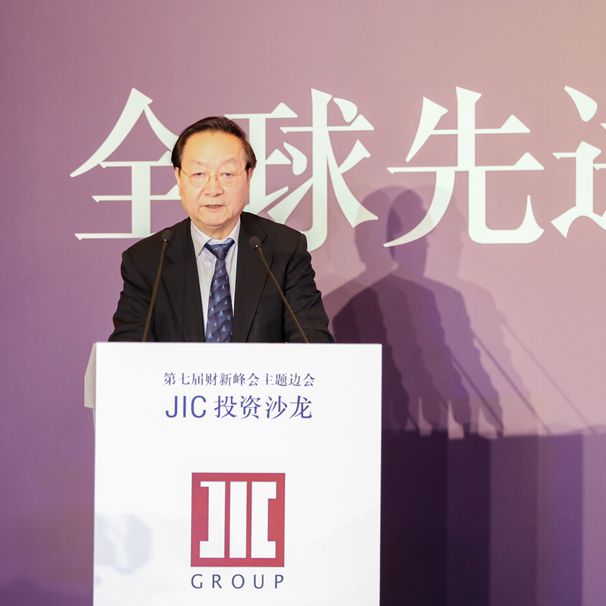Zhang Chi(VP of JIC Investment) 2016.12
JIC Investment has always been devoted to investing in the manufacturing sector. Years of experience has helped us gain a profound understanding of the changing demands of Chinese manufactures for investors: initially they only cared about capital and public listing, but later on they started expecting investors to support their management improvement, organizational optimization, and M&A.
Such change is inevitable at the current stage of China’s manufacturing development. Since the late 20th and early 21th century, developed countries have relocated low-profit, energy-intensive and labor-intensive processing and manufacturing industries to developing countries. Chinese manufacturing made rapid progress by taking full advantage of this opportunity. However, in the meantime, they paid the price of environmental risks and resource scarcity, which resulted in high-speed growth accompanied by being locked at the low end of global value chain. As the global manufacturing landscape experiences profound changes, western countries have begun “Re-industrialization” and emerging economies such as India, Vietnam are pursuing industrialization rapidly by utilizing their even lower costs, including labor costs, which makes China’s manufacturing under dual pressure. In this major transition, if manufacturers can proactively upgrade and transform themselves, they will win greater potential for further development and become the propeller of transformation of Chinese manufacturing. If not, they will possibly lose the market or even exit the market.
Today, Chinese manufacturing is at the juncture of value chain rebuilding. More and more visionary entrepreneurs put forward more requests for investors, hoping that we will offer not only money, but also comprehensive resources for management, mechanism, talents, capital operation, M&A, etc. We believe that capital providers should move to the front end and change its role from passive participation such as supporting, assisting and cooperating to active guiding, optimizing and improving. Based on our investment experience in manufacturing industry, we have been increasingly realizing that in the future, investors, as opposed to enterprises, will pioneer in the manufacturing transformation and upgrading. That is because capital, with less constraint from industry development level, tends to be allocated more flexibly and managed in a more efficient and economical way that overcomes the “inertia” of industrial capital in terms of material and functional transformation. In this case, investors can move to the forefront of M&A and industrial integration, and optimize the allocation of enterprises’ resources by means of capital to further dominate the industrial upgrading, transformation and resource allocation.
We focus on three areas in manufacturing investments: 1. Follow the principle of technological progress. We pay close attention to in-depth observation, trace and analysis of rational market demand and developmental paths of manufacturing industries, rather than following others irrationally. 2. Focus on the strategic elements of the global value chain. With these strategic elements at our hands, we can be more proactive in integrating and developing industrial chain. 3. We look for cooperative management with vision and foresight. The cooperation of capital providers and enterprises is a long-term process in which they will tackle many obstacles together. Therefore, we are very careful on the selection and the building of management teams—first, we look at their open mindedness and horizon, and then, their willingness and readiness to cooperate.






